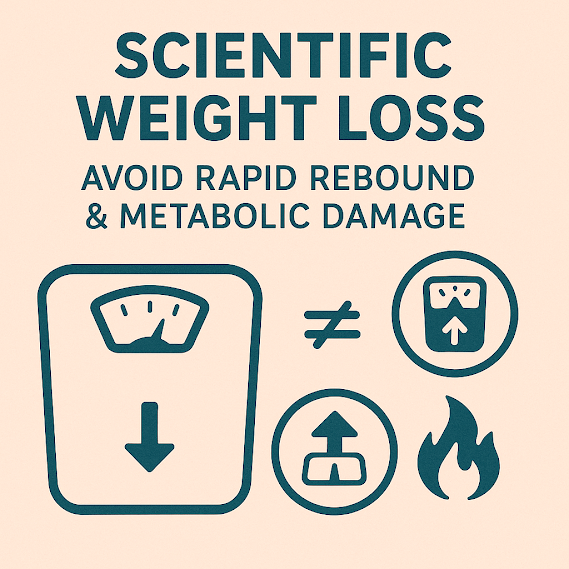Five Standards to Determine How Much Fat You Need to Lose
The human body is composed of fat, muscle, organs, bones, water, and other elements. Modern obesity primarily stems from excessive body fat. But how much fat is too much? Which areas have excess fat accumulation, and how much weight loss is considered healthy? Today, we reveal five methods to measure body fat content.
1. Body Mass Index (BMI)
The Body Mass Index (BMI), also known as the body weight index, is a calculated value primarily used for statistical purposes. When comparing and analyzing the health impacts of an individual’s weight across different heights, BMI serves as a neutral and reliable indicator.
2. Skinfold Measurement
Excess body fat is typically stored beneath the skin. By measuring the thickness of skinfolds, one can estimate the proportion of body fat. This method is simple, easy to learn, and highly accurate. Many fitness clubs offer this service for free.
3. Bioelectrical Impedance Analysis
Fat has poor electrical conductivity, whereas other body components conduct electricity well. Bioelectrical impedance analysis uses this principle, passing a small current through the body to measure resistance. Most body fat analyzers rely on this method. However, results can be affected by factors like hydration levels or physical condition. For consistent comparisons, measurements should be taken at the same time of day with adequate hydration.
4. Body Circumference
Measurements of chest, waist, arm, and thigh circumferences can also serve as reference points for assessing fat levels.
5. Hydrostatic Weighing
Similar to the ancient tale of Cao Chong weighing an elephant, hydrostatic weighing uses water buoyancy to determine body fat proportion, as fat has a different density than other body components. This method is the most accurate but is rarely used due to the complexity of the equipment required.












Comments
Post a Comment